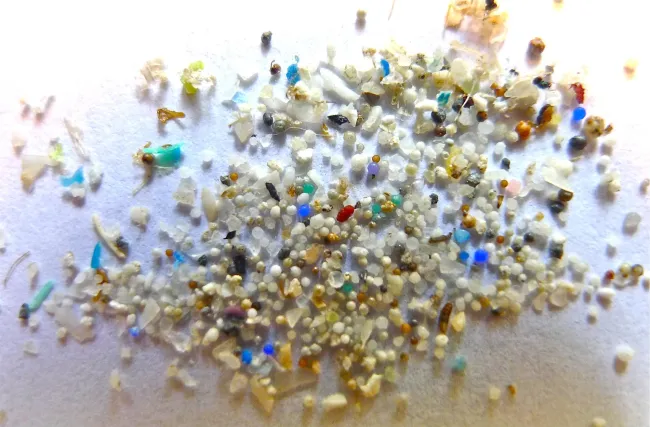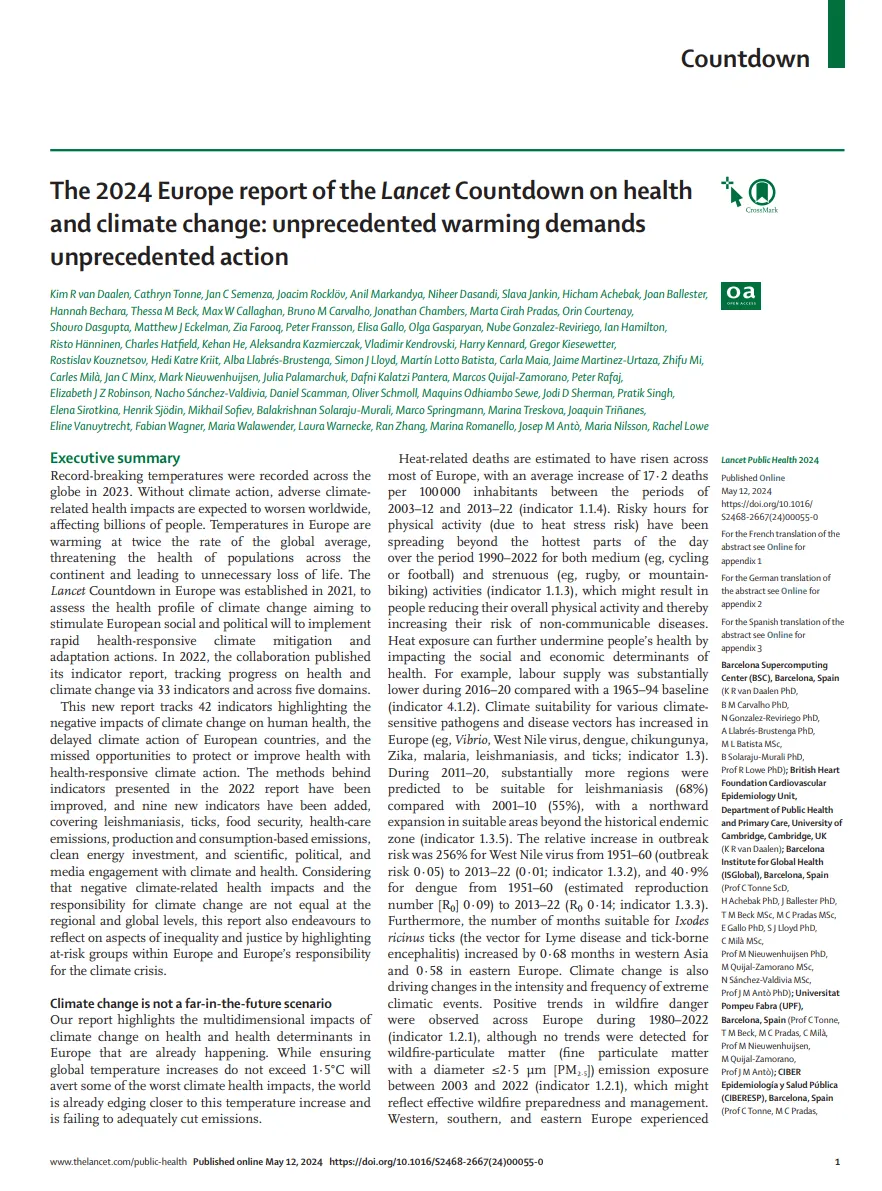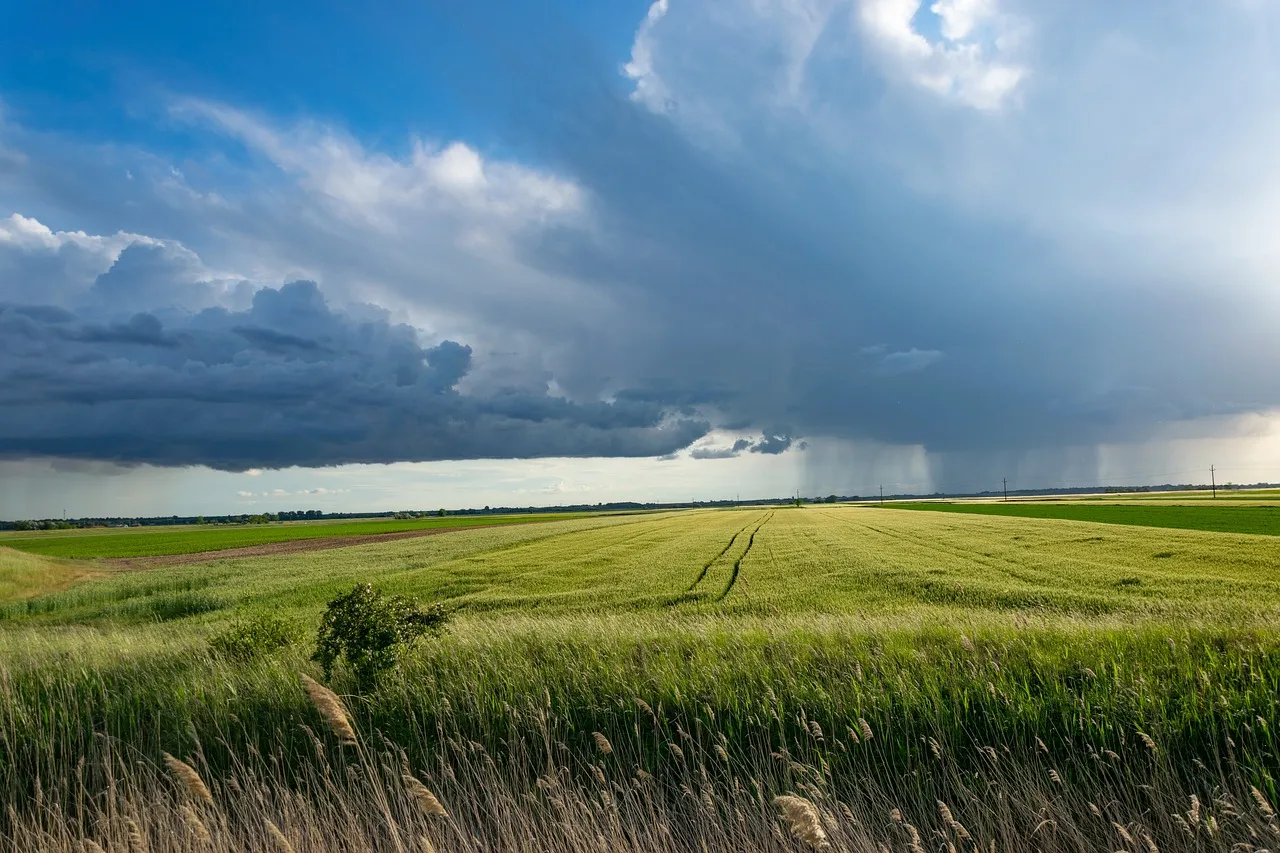Microplastics are tiny fragments of plastic formed as larger pieces break down in the environment, or else intentionally manufactured (e.g. as microbeads for cleaning products or pellets for industrial use). This paper reviews the current state of knowledge on their human health implications and effects on ecosystems.

FCRN readers may be particularly interested in the following food-related points:
- Single-use food and drink containers are a source of plastic waste in the environment.
- Little research has so far been done on the extent to which people are exposed to microplastics through air, water and food.
- Plastic agricultural mulches (sheets to minimise weed growth) are a source of microplastics. Oxodegradable plastics - which have additives that encourage their rapid breakdown - have been used as mulches, but were found to degrade slowly and release microplastics.
- One study on microplastics in rivers in the US found higher levels near agricultural areas.
- Microplastics have been found in commercially grown bivalves and in fish.
Abstract
Society has become increasingly reliant on plastics since commercial production began in about 1950. Their versatility, stability, light weight, and low production costs have fueled global demand. Most plastics are initially used and discarded on land. Nonetheless, the amount of microplastics in some oceanic compartments is predicted to double by 2030. To solve this global problem, we must understand plastic composition, physical forms, uses, transport, and fragmentation into microplastics (and nanoplastics). Plastic debris/microplastics arise from land disposal, wastewater treatment, tyre wear, paint failure, textile washing, and at‐sea losses. Riverine and atmospheric transport, storm water, and disasters facilitate releases. In surface waters plastics/microplastics weather, biofoul, aggregate, and sink, are ingested by organisms and redistributed by currents. Ocean sediments are likely the ultimate destination. Plastics release additives, concentrate environmental contaminants, and serve as substrates for biofilms, including exotic and pathogenic species. Microplastic abundance increases as fragment size decreases, as does the proportion of organisms capable of ingesting them. Particles <20 μm may penetrate cell membranes, exacerbating risks. Exposure can compromise feeding, metabolic processes, reproduction, and behavior. But more investigation is required to draw definitive conclusions. Human ingestion of contaminated seafood and water is a concern. Microplastics indoors present yet uncharacterised risks, magnified by the time we spend inside (>90%) and the abundance of polymeric products therein. Scientific challenges include improving microplastic sampling and characterisation approaches, understanding long‐term behavior, additive bioavailability, and organismal and ecosystem health risks. Solutions include improving globally based pollution prevention, developing degradable polymers and additives, and reducing consumption/expanding plastic reuse.
Reference
Hale, R.C., Seeley, M.E., La Guardia, M.J., Mai, L. and Zeng, E.Y., 2020. A global perspective on microplastics. Journal of Geophysical Research: Oceans, 125(1), p.e2018JC014719.
Read the full paper here. See also the Foodsource How important is storage and packaging?




Comments (0)